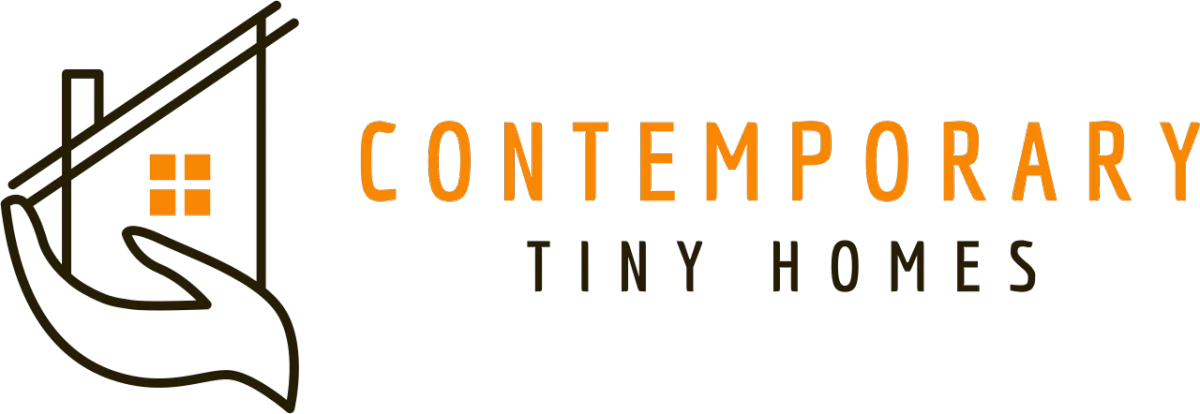Knowledge Center: Your Go-To Resource for ADUs and Tiny Living
Knowledge Center: Your Go-To Resource for ADUs and Tiny Living
Email [email protected]
Phone 860-TINY-HOM (es)

What are the challenges of living in an ADU?
Living in an ADU presents a unique set of challenges that residents must navigate. ADUs, also known as granny flats, in-law suites, or backyard cottages, offer a compact living space on the same property as a primary residence. While the concept of ADUs provides an attractive housing solution for many, there are various obstacles that residents may encounter.
From space limitations and zoning restrictions to maintenance issues and financial considerations, this article delves into the challenges individuals face when residing in an ADU and offers insights on how to overcome these hurdles.
Space Limitations and Design Constraints
Maximizing Limited Space
One of the main challenges of living in an ADU is dealing with limited square footage. Residents often need to get creative with storage solutions and furniture arrangements to make the most of the available space.
Designing for Multi-functionality
Another hurdle is designing an ADU that serves multiple purposes efficiently. Spaces need to be adaptable for various activities, such as sleeping, working, and entertaining, without feeling cramped or cluttered.
Zoning and Legal Restrictions
Zoning Regulations Overview
Navigating zoning regulations can be a headache for ADU owners, as not all areas allow for the construction and rental of these units. Understanding local zoning laws and restrictions is crucial before investing in an ADU.
Permitting Process Challenges
Obtaining the necessary permits to build or rent out an ADU can be a time-consuming and complex process. Homeowners may face red tape, fees, and inspections, adding to the overall cost and hassle of ADU living.

Utilities and Infrastructure Challenges
Utility Hookups and Costs
Connecting an ADU to utilities like water, electricity, and sewage can be expensive and logistically challenging. Factor in ongoing utility costs, and residents may find themselves grappling with higher bills than anticipated.
Infrastructure Strain and Upgrades
Adding an ADU to a property can strain existing infrastructure, such as roads, parking, and public services. Homeowners may need to consider upgrades to accommodate the increased demand, further adding to the financial burden of ADU living.
Living in an ADU offers a unique set of challenges, from maximizing limited space to navigating legal restrictions. By understanding and preparing for these hurdles, residents can make the most of this alternative housing option.
Privacy and Noise Concerns
Living in an ADU sounds pretty sweet until you realize your privacy might be on the line. With shared spaces, it can feel like living in a fishbowl. To combat this, consider setting boundaries with your main property occupants and establish clear rules for privacy. As for noise, we all know the struggle of hearing every footstep or late-night Netflix binge through the walls. Invest in some noise-cancelling curtains or white noise machines to keep your sanity intact.
Maintenance and Upkeep Issues
Ah, the joys of maintenance said no one ever. As an ADU owner, you'll have to stay on top of repairs and upkeep to keep things running smoothly. Take the initiative to address any issues promptly, whether it's a leaky faucet or a wonky door hinge. Living in a compact space means wear and tear can creep up on you faster than you'd like. Embrace your inner handy-person or have a trusty maintenance crew on speed dial to tackle those pesky problems head-on.
Community Integration and Social Challenges
Living in an ADU can sometimes feel like being the new kid on the block. Building relationships with the main property occupants can be a delicate dance of communication and mutual respect. Be open to bonding over a shared love of gardening or a mutual disgust for noisy neighbors. Navigating community dynamics might feel like entering a high school clique, but with a little charm and a lot of patience, you'll find your place in the neighborhood in no time.
Financial Considerations and Cost-Related Challenges
Investing in an ADU can be a hefty initial expense, but don't fret. Consider it a long-term investment with the potential for a juicy return down the line. Budgeting for unexpected costs is also key, because let's face it - things break when we least expect them to. Set aside a rainy day fund for those surprise repairs or upgrades to keep your ADU in tip-top shape without breaking the bank.
In conclusion, while living in an ADU comes with its share of challenges, including space constraints, legal hurdles, and maintenance issues, it also offers unique benefits such as affordability and community integration. By understanding and addressing these challenges proactively, residents can make the most of their ADU living experience.
With careful planning, communication, and a willingness to adapt, navigating the complexities of ADU living can lead to a fulfilling and rewarding lifestyle choice.
FAQ
Are there specific regulations or restrictions that govern the construction and occupancy of ADUs?
Yes, regulations vary by location and may include zoning laws, size limitations, setbacks, and occupancy restrictions. Building codes often address safety requirements like fire access and utilities. Checking with local authorities ensures compliance during planning and construction.
How can residents ensure privacy and address noise concerns while living in an ADU?
Design features like soundproofing materials, strategic landscaping, and separate entrances enhance privacy and reduce noise issues. Adding fences or greenery can create a visual barrier, while interior insulation minimizes sound transmission. Open communication with neighbors also helps address concerns.
What are the typical maintenance responsibilities for occupants of an ADU?
Occupants are usually responsible for interior upkeep, such as cleaning, minor repairs, and appliance maintenance. The property owner typically handles structural repairs, exterior maintenance, and utility servicing. Lease agreements should clearly outline responsibilities for both parties.
What financial considerations should individuals keep in mind when planning to live in an ADU?
Rent or construction costs, utility expenses, and potential property taxes are key factors. Insurance coverage for the ADU and its contents should also be factored in. Additionally, financing options or subsidies may be available, depending on local programs and regulations.

Copyright 2025. All rights reserved. Norwalk, CT
Connecticut's New Home Construction Contractor License: #NHC.0017654
EPA Lead-Safe Certified NAT-F269966-1


